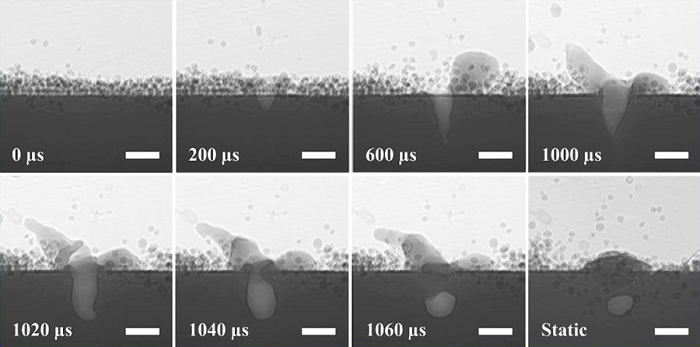Results 1 to 2 of 2
Threaded View
-
09-07-2017, 06:50 PM #1Administrator

- Join Date
- Oct 2016
- Posts
- 2,028
The Physics Behind Metal 3D Printing
3D printed metal parts with defects can mean safety issues and compromised functionality, so engineers have to either repair the piece or start all over again, wasting precious time and money. Now, an assistant professor from the Missouri University of Science and Technology (Missouri S&T) is working with researchers from Carnegie Mellon University and the Department of Energy's Argonne National Laboratory to learn more about the physics behind the technology. They are taking a very close look at the entire laser powder bed fusion 3D printing process, in the hopes of potentially eliminating structural defects in 3D printed materials. Thanks to the "intense synchrotron X-rays" available at the Advanced Photon Source (APS), a DOE Office of Science User Facility, the team was able to get a real-time look inside the materials formed by 3D printing as the laser printed EOS Titanium Ti64 powder into components. Read more at 3DPrint.com: http://3dprint.com/186897/physics-be...l-3d-printing/







 Reply With Quote
Reply With Quote



Extruder not feeding during print,...
Yesterday, 01:59 AM in Tips, Tricks and Tech Help